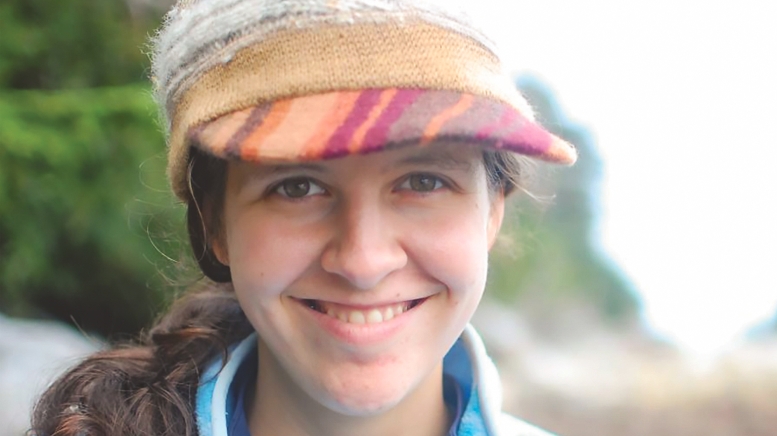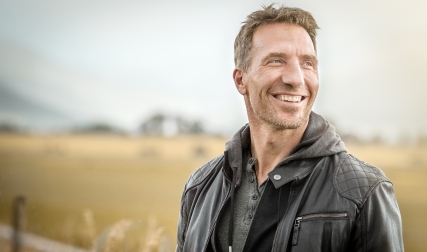As she pursues her Ph.D. in civil and environmental engineering at the University of Washington, Molly Grear ’11, Th’12, spends most of her time at her desk creating computer models, analyzing data, and writing up her research. Her favorite days, though, are spent at the university’s marine laboratory, Friday Harbor Laboratories (FHL), on San Juan Island, Washington. “There, my day is more like summer camp for scientists,” she says.
At FHL, Grear tests the skin and blubber of marine mammals such as whales and dolphins. Her goal is to understand how the spinning blades of underwater tidal turbines, which typically look and work like their wind counterparts, impact the animals. “This is place-based work, because tidal current speeds and local species are different in each location,” she explains. “I can create computer models where I can ‘hit’ the marine mammal with a proposed tidal turbine design.” Regulators can then decide if a tidal turbine is sufficiently safe.
Her studies in marine renewable energy and the ways in which marine organisms interact with their environment earned Grear a spot on Forbes’ 2018 “30 Under 30” list of young visionaries. While pursuing her major in engineering, Grear also participated in the biology foreign study program, where she learned marine and tropical ecology. For her capstone project at Dartmouth she worked on a hydro-kinetic river turbine, which inspired her to pursue more projects that combined biology and engineering. “Every method of producing energy has an environmental consequence,” she says.




